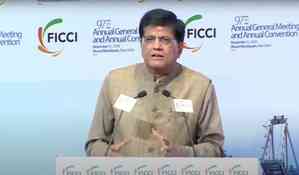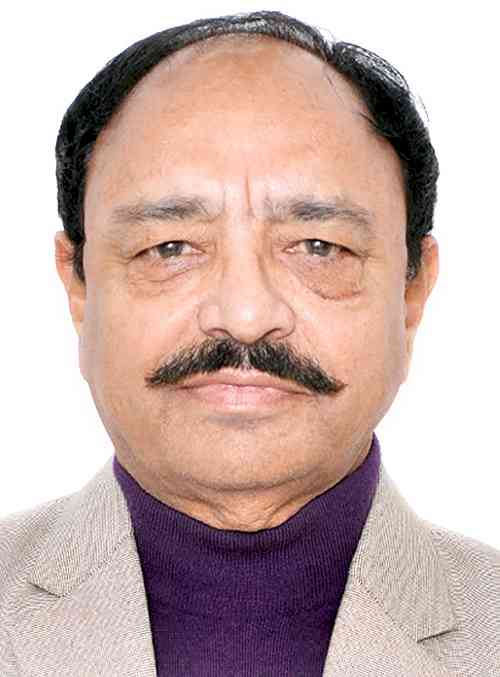Swedish agency warns of major risks with winter electricity shortage
Patients on life-sustaining medical equipment may be in danger this winter as there is a possibility of power cuts in Sweden due to the energy crunch, warns a government agency.

Stockholm, Sep 19 (IANS) Patients on life-sustaining medical equipment may be in danger this winter as there is a possibility of power cuts in Sweden due to the energy crunch, warns a government agency.
"There is always a risk for people who need life-sustaining machines or are in home healthcare if there is a power outage," Jan-Olof Olsson, manager of supply preparedness at the Swedish Civil Contingencies Agency (MSB), told Swedish Television (SVT) on Sunday.
Even though hospitals have backup electricity systems, there will be a delay before they are engaged, and this could have dire consequences even if the delay is brief, he explained.
Furthermore, power cuts could cause other problems such as jammed electronic locks, non-functioning traffic lights, and heating issues, Xinhua news agency reported citing SVT as saying.
"Unfortunately, preparedness is generally very poor. Already in 2011, we identified 50,000 electricity-dependent businesses critical to society in Sweden. Very few of them have reserve power. The consequence is that many businesses, shops, and companies simply shut down in the event of a power outage as there is no plan B," Olsson told SVT.
Normally, Sweden produces more electricity than it consumes.
However, due to the European-wide energy crunch export has increased.
One of Sweden's six nuclear rectors is also expected to be offline until January 31, 2023, due to unplanned repair works.
National electricity grid operator Svenska kraftnat has, therefore, warned that some parts of the country risk being cut off without notice should the demand exceed the supply.
Last year, 166 terawatt hours (TWh) electricity was produced in the country, according to Statistics Sweden.
Hydropower accounted for 43 per cent, nuclear power for 31 percent, and wind power for 17 per cent.
Power from heating plants and solar accounted for 4 and 1 per cent, respectively. Around 26 TWh were exported.
However, the geography of the country can have a major impact on the power supply in different regions.
Most of the hydropower is produced in the sparsely populated north, but insufficient grid capacity means that the southern parts of Sweden rely on local production, most of it coming from nuclear power.
Due to this, Sweden is divided into four electricity zones with different electricity tariffs, meaning that individuals and companies in the north usually pay as little as fractions of a US cent per kilowatt hour, while customers in the south can expect to pay considerably more.
However, several nuclear reactors were decommissioned during 2017-2020, widening the gap in electricity prices between different regions and recently, the price in the south peaked at close to eight Swedish crowns.
This has sparked severe criticism from customers in the south, who have experienced soaring electricity bills and some companies have either switched to production during the night when electricity is cheaper or even stopped production temporarily.


 IANS
IANS 













